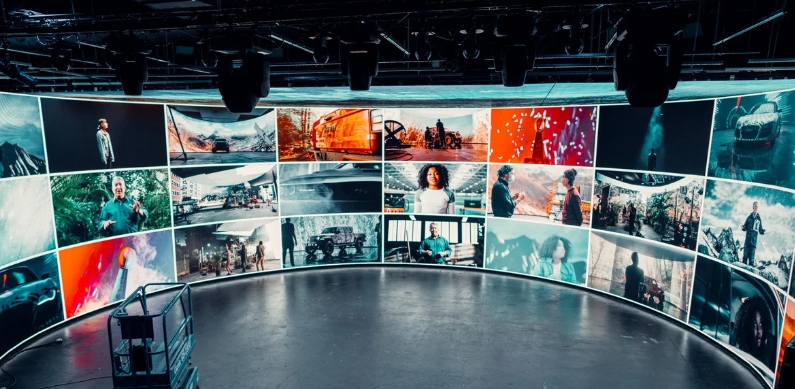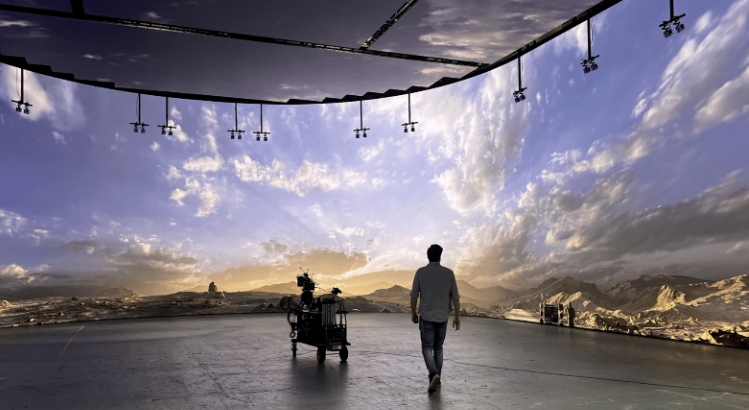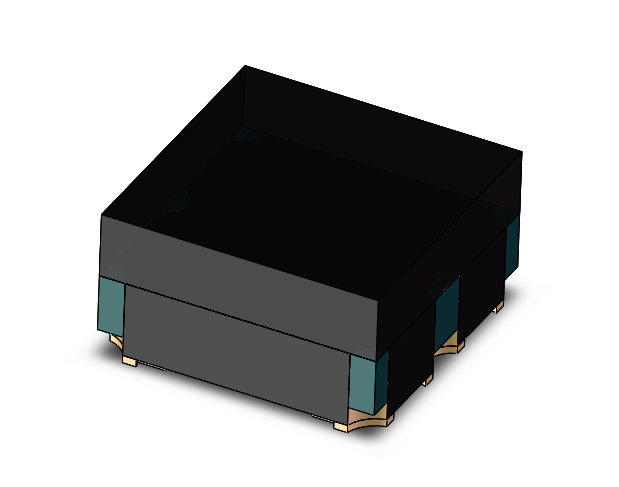Virtual production is an innovative approach to filmmaking and content creation that combines real-time computer graphics, virtual environments, and physical sets to create immersive and interactive experiences. It involves integrating virtual elements into live-action production, allowing filmmakers to visualize and capture scenes in real-time rather than relying solely on post-production visual effects. Here are some pros and cons of virtual production.

Virtual production is decentralizing Hollywood
Image source: VU Technologies
Real-time Visualization:
Virtual production enables filmmakers to see the virtual environments, characters, and effects in real-time, providing immediate visual feedback. This allows for better decision-making during the production process and facilitates creative collaboration.
Cost and Time Efficiency:
By capturing virtual elements on set, virtual production reduces the need for extensive post-production work. This can result in significant time and cost savings, as it minimizes the need for complex and time-consuming VFX processes.
Enhanced Performance:
Virtual production creates a more immersive environment for actors, allowing them to interact with virtual elements and respond more naturally. This can lead to improved performances and more authentic interactions between actors and their surroundings.
Creative Flexibility:
With virtual production, filmmakers have greater creative freedom and flexibility. They can experiment with different visual styles, camera angles, lighting conditions, and virtual sets in real-time, making it easier to achieve the desired artistic vision.
On-Set Collaboration:
Virtual production fosters collaboration between various departments, such as VFX artists, cinematographers, and production designers. By working together on set, they can address technical and creative challenges more efficiently and achieve a more cohesive final product.

Initial Setup Complexity:
Implementing a virtual production workflow requires specialized hardware, software, and skilled personnel. The initial setup can be complex and may require a significant investment in equipment and training.
Technical Limitations:
Virtual production technology is continually evolving, but there are still certain limitations. Realistic rendering of complex scenes and photorealistic characters can be challenging, and some aspects may still require traditional post-production techniques.
Dependency on Technology:
Virtual production heavily relies on technology, and technical issues or equipment failures can disrupt the production process. Backup systems and redundancy measures need to be in place to minimize the impact of potential technical glitches.
Learning Curve:
Virtual production involves mastering new tools, workflows, and techniques. It may take time for filmmakers, crew members, and actors to adapt and become proficient in working with virtual elements on set.
Lack of Physical Interaction:
While virtual production allows for real-time visualization, it may lack the physical interaction and tactile experience that traditional practical sets provide. Some actors or crew members may find it challenging to adjust to working in a more digitally focused environment.

Kinglight MC1515PRGBW-M1 LEDs designed for virtual production/XR LED displays
Virtual production presents exciting possibilities for filmmakers, providing them with new tools and workflows to enhance storytelling and visual effects. While it offers numerous benefits, it’s important to consider the associated challenges and carefully evaluate its suitability for each specific production.